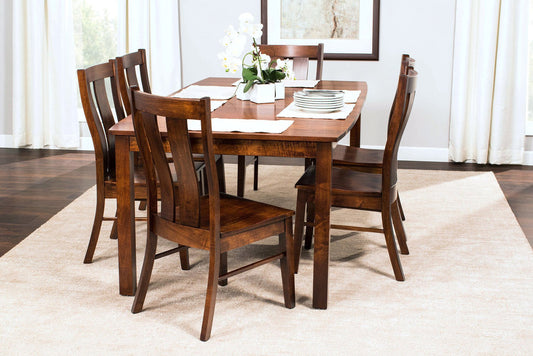A Journey to South Gaylord street and the Washington Park Theater
If you were a successful Denver resident in 1915 shopping for a promising neighborhood in which to raise your family, you surely would have been intrigued by the progress in the Washington Park area and likely would have wanted to stop by for a look.
You might have taken the streetcar from congested and lawless downtown Denver, past the recently converted-to-park Cheesman cemetery, and switched from the University Park line to route 29 running south to the recently developed Myrtle Hill neighborhood, the one with the fancy air-brake cars labeled "WASH PARK".
The arrival of the streetcar line fourteen years earlier had caused something of a building boom in the area, with several subdivisions being platted in quick succession while Denver added land and amenities to Washington Park. The grand project was originally conceived by Denver city planner George Kessler in 1908 and culminated with the opening just four years ago in 1911 of the city's first bathing beach, complete with grand Mission-style bathhouse. The building was intended to be dual-purpose, with fireplaces to be used in the winter for skaters using the lake. A boathouse was completed in 1913, with concessions and space where up to 500 people could gather for public activities.
You'd have passed the new Steele elementary school, already bustling with more than two hundred students, and an equally new (just 3 years old) Washington Park Methodist Episcopal Church that you make a note to visit.
You might have been discouraged by some of the prices in homes along the way as the park, the streetcar, and all of the amenities in the area had encouraged many affluent Denverites to purchase and improve land there. Long gone were the days in the 1890's when you might have snapped up a lot for $250. By now many homes in view of the maturing landscaping of Washington Park were selling for several thousand dollars.
So you might have switched to the south branch of line 29 and taken it to its end on Gaylord street, to see if better pricing might be had a bit farther from all of the conveniences. Besides, you and your family would want a bit of room for some chickens, a large garden, and maybe even a pony for the kids.
You would have needed a bit of imagination and some vision to be excited about that part of the neighborhood, as there wasn't much yet. A single business existed in the block of Gaylord street between Tennessee and Mississippi, a brick store doing a proverbial land-office business selling bricks to the prolific builders in the area.
But if you had managed to buy a plot or a little bungalow amid the scattered homes, livestock and alfalfa fields, you'd have been well rewarded. The 1920's saw a boom in the Washington Park neighborhood surpassing the one after the development of the park and matching the free-spirited and prosperous time being had in the United States in general after WWI.
Bungalows like your modest one were outnumbered soon by many grander one-and-a-half or two-story models in the style of the Greene brothers in California. Plus, street upon street of homes ordered from catalogs like Sears and Roebuck and delivered on freight cars to be assembled around you. Stately four-squares with their own Denver style were interspersed, as well as the occasional Tudor later in the decade.
Ten years later by 1925, you and your family would have been excited to walk to the now well-developed Gaylord street for an evening of fun. By then, Denver had 66 movie houses and going to see a silent film was a popular pastime. But until now, on the 12th of August, there hadn't been one in walking distance from your home.
You'd have walked past a gas station, several clothes cleaners, two beauty parlors, two barbers, two plumbers, a metal shop and a shoe repair shop in order to mingle with your neighbors at the grand opening of the D&R Washington Park Theater.
The theater had been under construction for some time, after theater promoters Dick Dickson and Rick Ricketson (showmen if there ever were any) convinced Carl Adler to finance the construction of this Charles Gates-designed building out far from the center of town. At a cost of $8,000, it was quite the investment, with horses and men used as the power to excavate the ground for fireproof basement rooms to store film reels and an orchestra pit for accompaniment to the silent films.
By this day, the greater city of Denver already featured 66 theaters, so this one needed to be truly grand to stand out from the crowd. Faced with the finest glazed brick and featuring an ornate wrought iron awning overhanging the box office, it stood out among the plainer functional store fronts on the street. The building tapered in height toward the east of the lot where the stage sat, and at the west had the balcony section, with Party Loges (private enclosed boxes) where affluent patrons could “sit on a davenport under a lamp, have a smoke, and watch the show just like it was their living room.”
Not only was the grand opening a huge success with great fun for the neighborhood, you even had a chance at winning one of two Shetland ponies to take home! Besides the giveaway, the evening featured a musical presentation and a Pathe comedy before the feature presentation of The Night Club starring Raymond Griffith. It was truly a theater befitting the up and coming Queen City of the Plains.
Source article from Washington Park East Neighborhood Association
Source article from Glendale Cherry Creek Chronicle
















